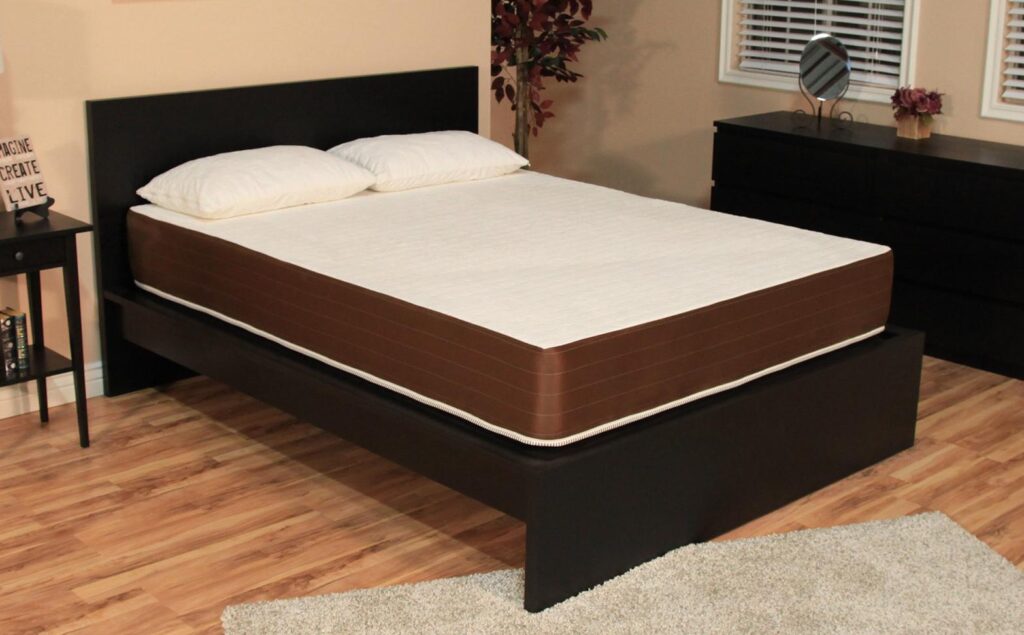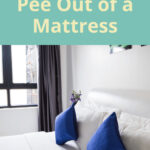Are you wondering how to dry a memory foam mattress quickly and easily? Memory foam mattresses can be difficult to dry due to their dense and absorbent material, but with a few simple tips you can get your mattress dry in no time. In this article, we will provide you with step-by-step instructions on how to dry a memory foam mattress quickly and easily, so you can get back to comfortable sleeping in no time.
Benefits of Memory Foam Mattresses
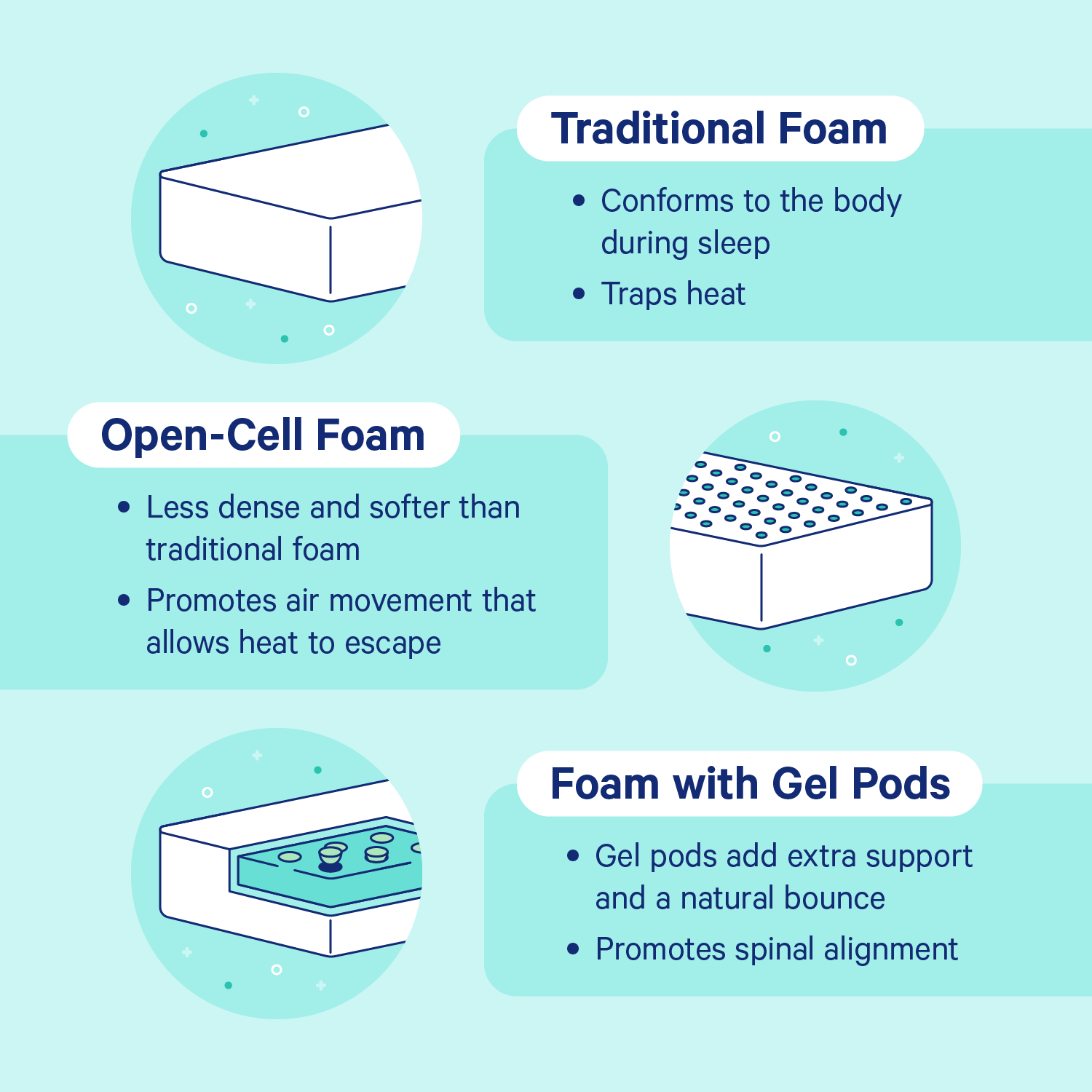
- Pressure Relief: Memory foam mattresses are designed to provide optimal pressure relief and contour to your body. This helps to reduce muscle fatigue and joint pain.
- Motion Isolation: Memory foam mattresses are great for couples because they absorb motion, allowing you to move without disturbing your partner.
- Pain Relief: Memory foam mattresses are often recommended by doctors because they can help to relieve chronic pain and improve sleep quality.
- Durability:Memory foam mattresses are known to be very durable, lasting up to 10 years with proper care.
- Hypoallergenic: Memory foam mattresses are anti-microbial and resistant to dust mites and other allergens, making them a great choice for allergy sufferers.
To ensure that your memory foam mattress is providing you with the best comfort and support for years to come, it’s important to know how to care for a memory foam mattress. Proper care and maintenance can help to extend the life of your mattress and keep it looking and feeling like new.
What Causes Memory Foam Mattresses to Get Wet?
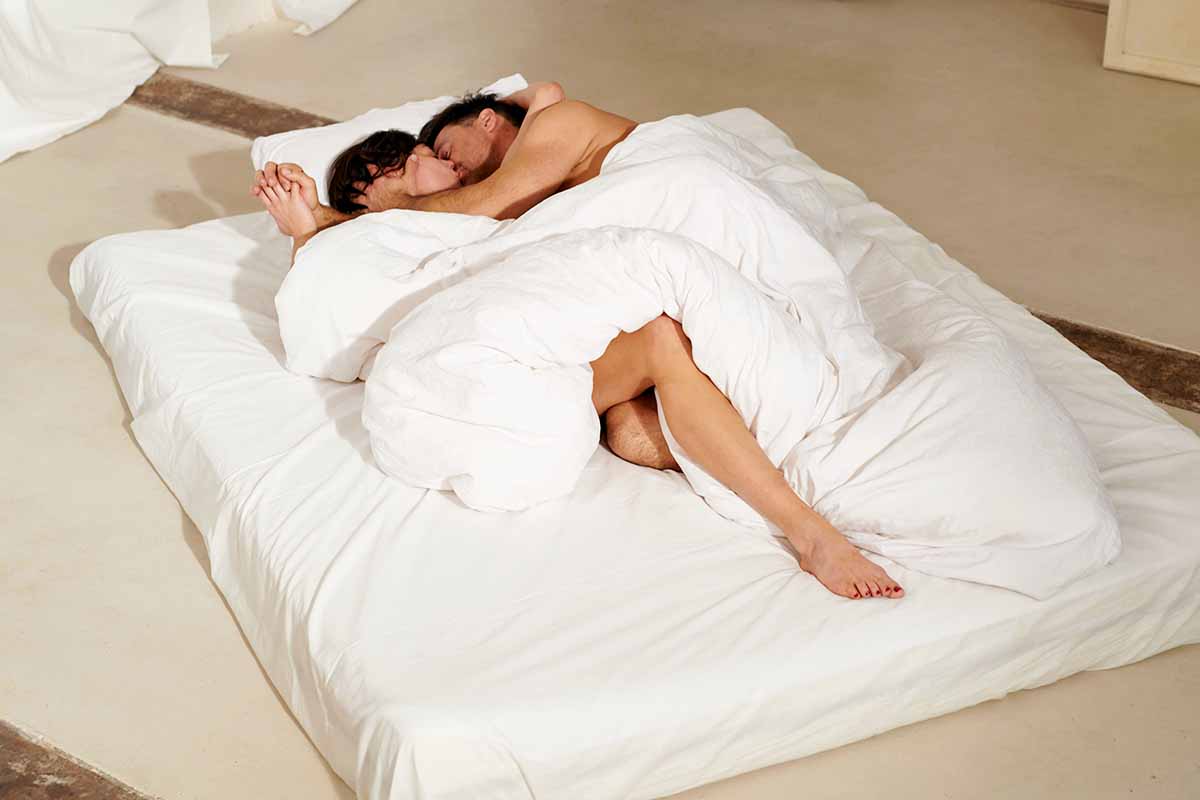
- Spills – Memory foam mattresses are much more susceptible to spills than traditional mattresses. Unattended liquids may cause the mattress to become damp and can lead to mold and mildew growth.
- Sweat – Sweat can cause a memory foam mattress to become damp, especially if the mattress is not covered with a mattress protector. This can lead to an uncomfortable sleeping environment.
- Humidity – Memory foam mattresses are very sensitive to humidity and can become damp from high humidity levels in the bedroom. This can result in the mattress becoming damp and eventually, moldy.
- Accidents – Accidents, such as spilling something on the mattress or a child wetting the bed, can cause memory foam mattresses to become wet. This can lead to an uncomfortable sleeping environment and potential health risks.
Tips for Quickly & Easily Drying a Memory Foam Mattress
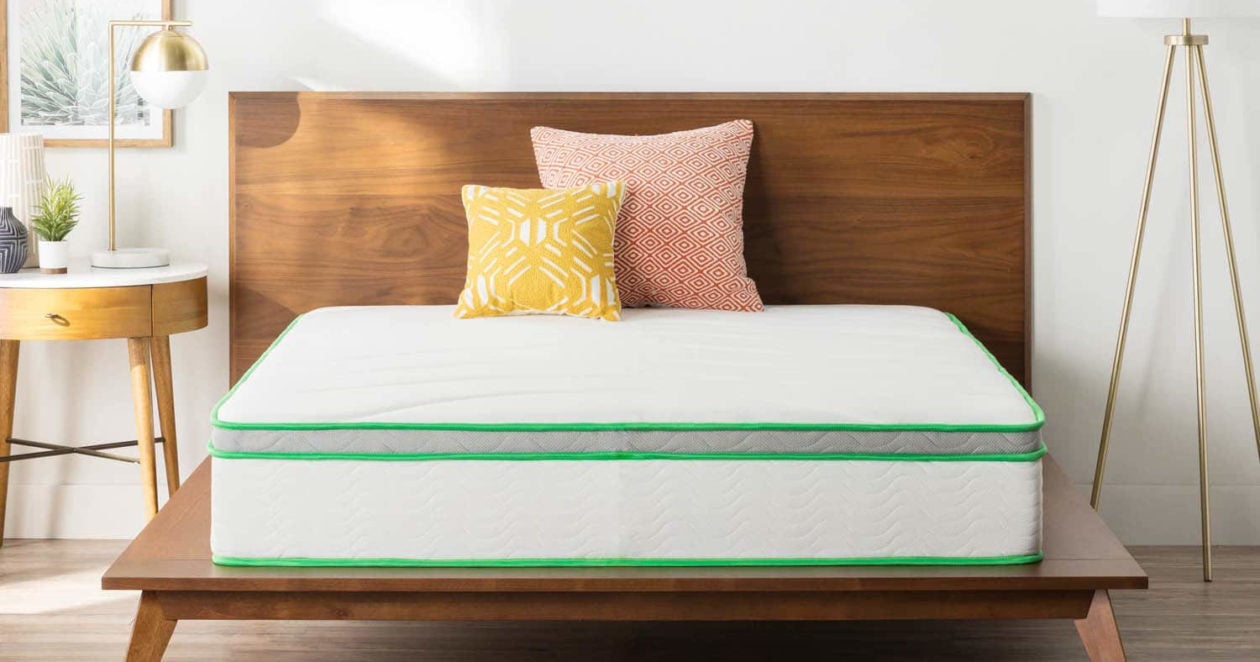
Air Out the Mattress
Open the windows in the room and allow fresh air to circulate through the mattress. This will help the moisture evaporate, speeding up the drying process.
Use a Vacuum Cleaner
Use a vacuum cleaner to remove any moisture and dirt particles from the mattress. Make sure to use a low-powered setting so as not to damage the mattress.
Use a Hair Dryer
A hair dryer set on the lowest heat setting can also be used to help dry out the mattress. Move the dryer in a circular motion and dry the mattress in small sections.
Use a Dehumidifier
If the mattress is still damp, place a dehumidifier in the room to help remove the remaining moisture.
Clean the Mattress
Once the mattress is dry, use a soft cloth to remove any dirt and debris from the mattress.
Use a Fans
If the mattress is still slightly damp, place a fan in the room to help circulate the air and speed up the drying process.
Use a Mattress Protector
To prevent future water damage, use a waterproof mattress protector. This will help keep the mattress dry even if there is a spill or accident.
Effects of Not Drying a Memory Foam Mattress
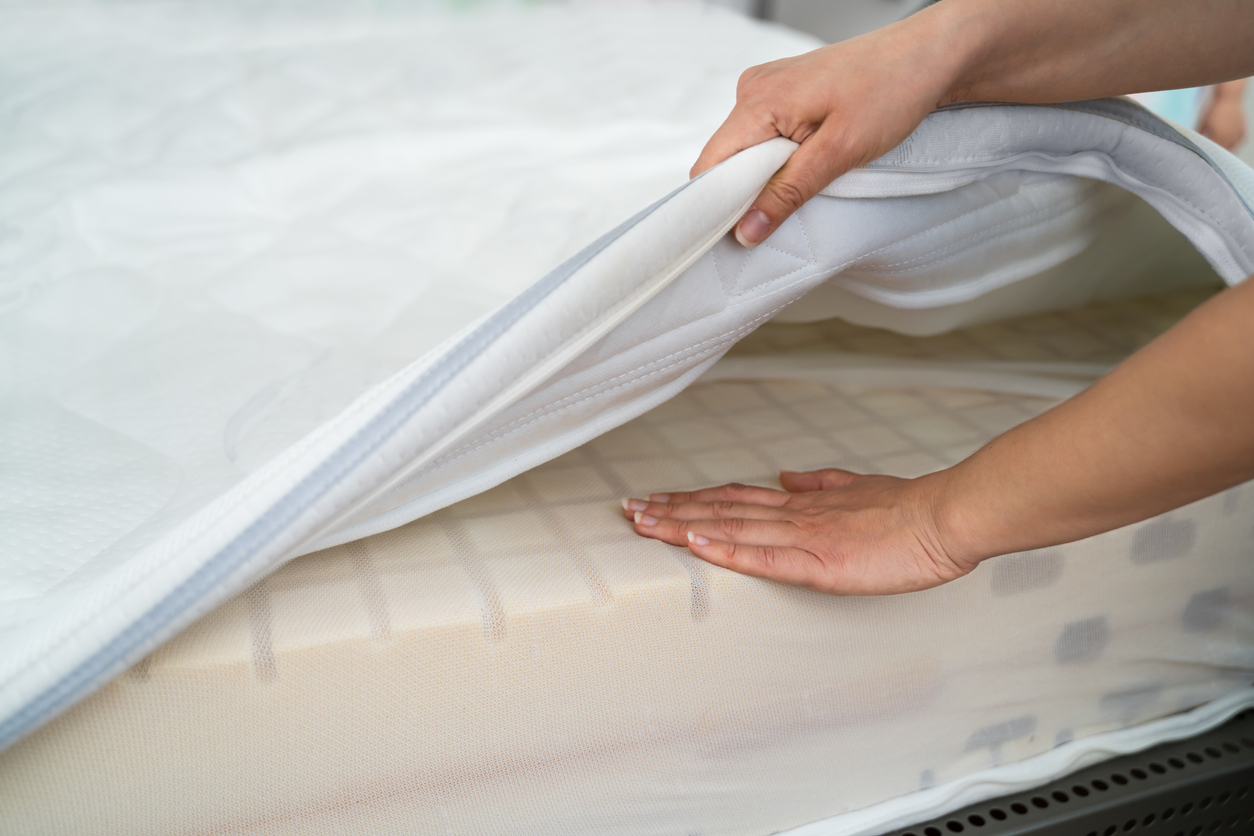
Mold & Mildew: Memory foam mattresses are prone to mold and mildew growth, especially if they are not dried properly. This can present a health hazard as it can lead to respiratory issues, allergies, and other health problems.
Musty Smell: If not dried properly, memory foam mattresses can start to smell musty or mildewy over time. This is due to the accumulation of moisture in the mattress and can be difficult to remove.
Damage: Improper drying of a memory foam mattress can result in permanent damage to the mattress. This includes discoloration, sagging, and weakening of the material. In some cases, it can even cause the mattress to break down completely.
How to Care for a Memory Foam Mattress
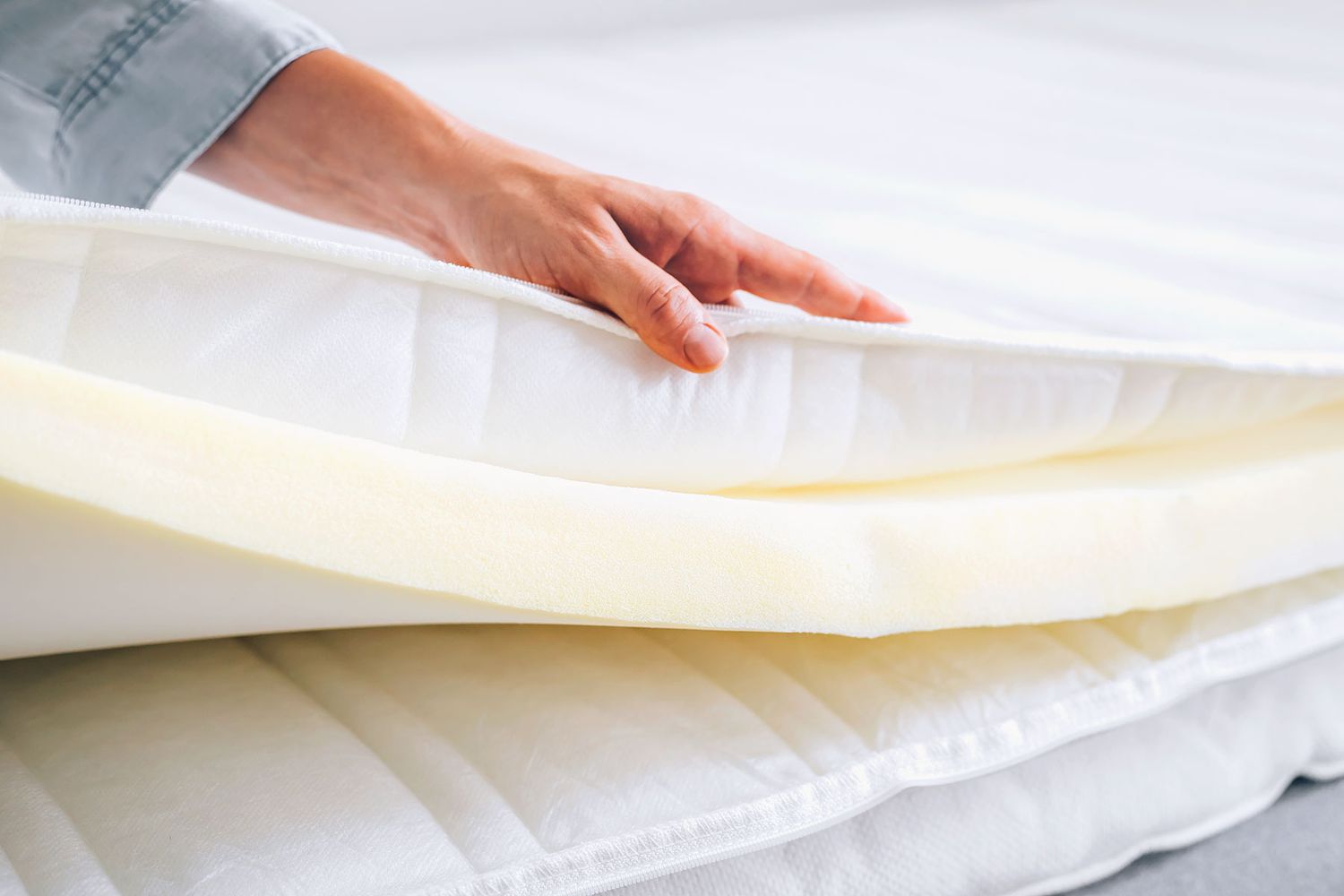
Rotate and Flip
To maximize the life of your mattress and ensure even wear, rotate and flip your mattress every three to six months. Doing this will also help to reduce the accumulation of debris and dust particles in the mattress, allowing it to stay cleaner for longer.
Use a Mattress Pad
A mattress pad can help protect your mattress from stains and body oils. It also adds an extra layer of comfort and helps to regulate temperature. Make sure to use a mattress pad specifically designed for memory foam mattresses; standard mattress pads may be too thick for the foam to expand properly.
Clean and Sanitize
Memory foam mattresses can be spot-cleaned with a mild soap and warm water. When cleaning, use a soft cloth, sponge, or brush to gently scrub the mattress surface. After cleaning, allow the mattress to air dry completely before using it. To sanitize the mattress, use a vacuum cleaner with a HEPA filter attachment to remove dust and debris.
Questions to Ask Before Buying a Memory Foam Mattress
- What type of foam? Memory foam mattresses are typically made with either viscoelastic or polyurethane foams. It is important to determine which type is best for your lifestyle and preferences.
- What is the foam density? The density of the foam is determined by the amount of material used in its construction. Generally, higher density foams provide more support and better durability.
- What is the foam’s ILD rating? The ILD rating is the measure of the foam’s firmness and hardness. The higher the rating, the firmer the mattress will be.
- What is the mattress’s warranty? It is important to know what type of warranty is being offered with the mattress, as well as any conditions or restrictions that may apply.
- What type of cover is included? Many memory foam mattresses come with a protective cover. It is important to determine if the cover is removable and washable, as this will be necessary for proper cleaning and maintenance.
- What type of support system is included? Many memory foam mattresses come with a support system that can help reduce motion transfer and improve comfort. It is important to determine what type of support system is being used.
Frequently Asked Questions
Can a Memory Foam Mattress be Air Dried?
Yes, a memory foam mattress can be air dried. Here are the steps you can follow:
- Vacuum the mattress to remove any dust or debris.
- Place the mattress in a well-ventilated area.
- Allow the mattress to air dry for 24 hours or more.
- Once the mattress is dry, flip it over and allow the other side to air dry.
Be sure to check the mattress periodically to make sure it is drying properly. If the mattress is wet for too long, it can develop mildew or mold. If you notice any signs of mold, discard the mattress immediately.
Is it necessary to use a fan to dry a memory foam mattress?
No, you don’t need to use a fan to dry a memory foam mattress. However, using a fan can help speed up the drying process. In addition, using a fan can help to remove moisture and odors from the mattress, and can also help to reduce the amount of dust mites present in the mattress. If you do choose to use a fan, make sure it is placed at least two feet away from the mattress.
Is it Safe to Put a Memory Foam Mattress in a Dryer?
No, you should not put a memory foam mattress in a dryer as it can damage the mattress. Heat from the dryer can cause the foam to break down and degrade over time, making it less supportive and potentially damaging the mattress. Additionally, the tumbling action of the dryer can cause the foam to break apart and the mattress to become misshapen.
Can a Memory Foam Mattress be Dried Outside in the Sun?
No, it is not recommended to dry a memory foam mattress outside in the sun. Sunlight can cause discoloration, fading, and physical damage to the mattress. Instead, the mattress should be dried indoors, using a combination of fans, open windows, and dehumidifiers. This is the best way to ensure that the mattress is dried quickly and thoroughly.
Is it Necessary to Rotate a Memory Foam Mattress While Drying?
No. Rotating the mattress is not necessary while drying a memory foam mattress. However, it is advisable to turn the mattress every few months. This helps to evenly distribute the wear and tear of the mattress, which helps extend its life.
- Rotating the mattress helps to evenly distribute the wear and tear. This will help extend the life of the mattress.
- Rotating the mattress helps to keep it in shape. This helps to provide a comfortable sleeping surface.
- Rotating the mattress helps to guarantee a better sleeping experience. This is because the mattress will not sag or form body impressions.
Conclusion
Memory foam mattresses are considered to be one of the most comfortable types of mattresses available. However, for proper maintenance and longevity, memory foam mattresses must be dried quickly and easily. Drying a memory foam mattress requires removing the mattress cover and linens, allowing the mattress to sit in the sun for a few hours, and using a vacuum cleaner to remove any remaining moisture. Following these steps will help ensure that your memory foam mattress is well maintained and can last for many years.
